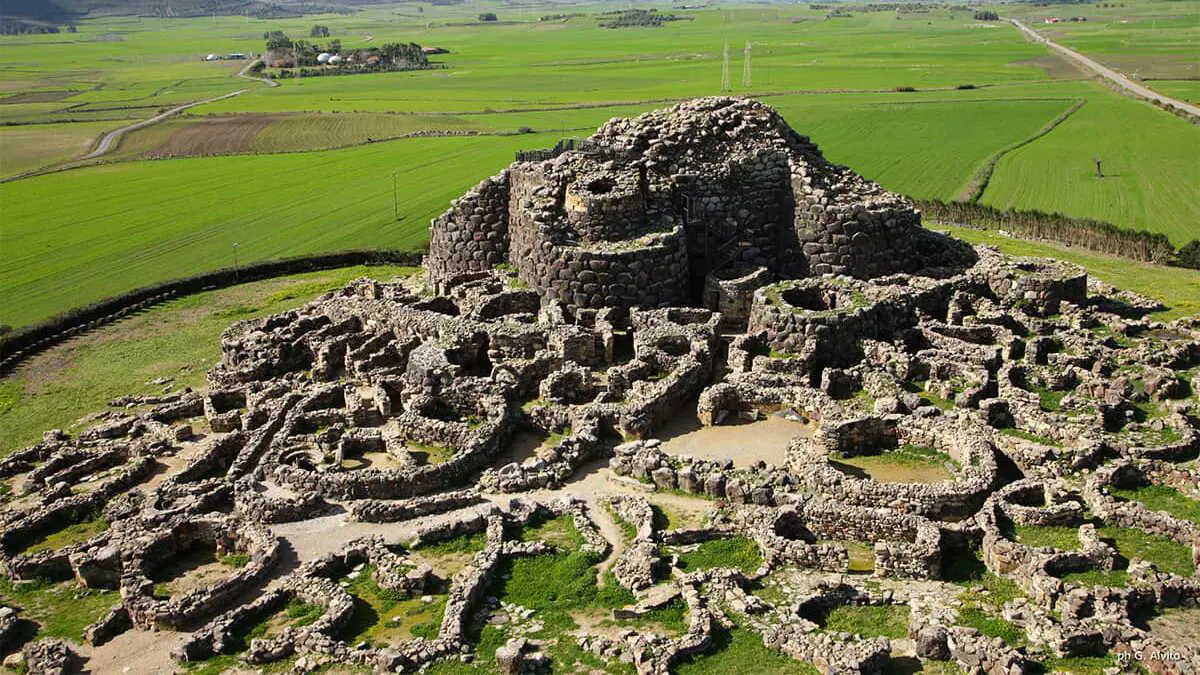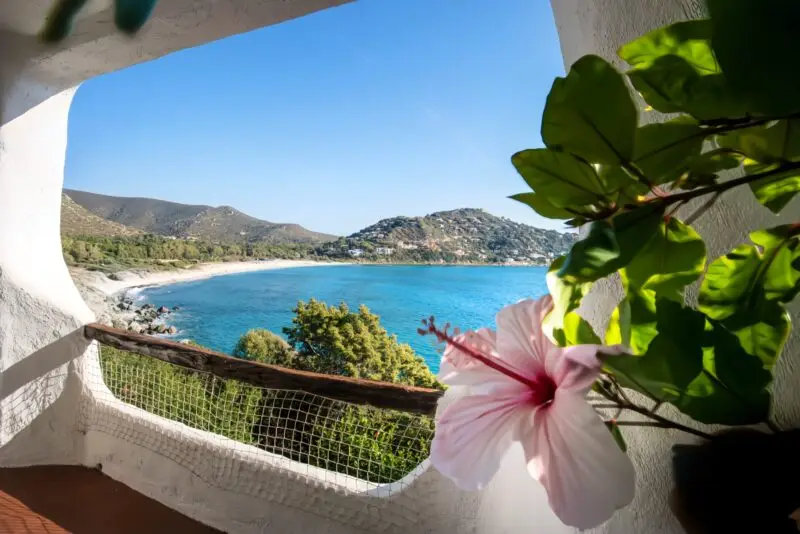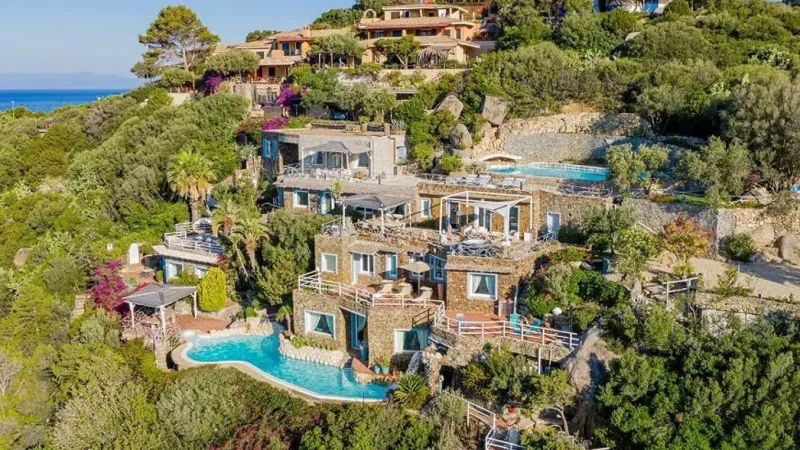At Ajò we offer holiday home rentals, mainly in summer during the peak summer holiday season. But Sardinia offers so much more beyond the wonderful beaches, what about and archaeological itinerary in which you can also visit naturalistic locations: both near the sea and in wonderful walks through the mountains.
Below we have put together a number some ideas.
In the southern Sardinia, you can find numerous archaeological sites, nuraghi and tombs.
- Nuraghe Diana in Quartu Sant’Elena: Start your journey in Quartu Sant’Elena, where you can visit the Nuraghe Diana. It is a well-preserved Nuragic site that dates back to the Bronze Age. The Nuragic culture, a prehistoric civilization that prospered in Sardinia between the 18th and 15th centuries BC and which is famous for the construction of Nuraghi, megalithic towers typical of the island of which more than 7 thousand have been built throughout Sardinia.
- Roman Villa in Quartu Sant’Elena:- After exploring the Nuraghe Diana, you can visit the Villa Romana, a Roman archaeological site that dates back to the time of the Roman Empire. This villa offers an insight into Roman life in Sardinia one of the few marine Roman villas.
- Roman Amphitheatre of Cagliari: The Roman amphitheatre of Cagliari, also known as “Amphitheatre of Sant’Elia”, is one of the most important Roman archaeological sites on the island. It is located in Cagliari, near Poetto Beach. This amphitheatre dates back to the second century AD and was used for Roman shows and games. Today, you can visit its ruins and admire the elliptical structure of the arena.
- Villa di Tigellio in Villasimius: Villasimius, located east of Cagliari, houses another Villa similar to that of Nora. This Roman villa is known for its well-preserved mosaics.
- The “Tombs of the Giants” are ancient megalithic funerary structures present in different parts of Sardinia. These tombs date back to the Bronze Age. These funerary monuments were built by the Nuragic culture. The Tombs of the Giants are named after the popular belief that these structures were built by giants because of their impressive size. In fact, they are collective burials. The number of these structures may vary over time, but there are several giants’ tombs in the province of Cagliari, perhaps more than 30 or 40.
- Nora in Pula: Next, head to the town of Pula and visit the archaeological site of Nora. This site includes remains of a Phoenician, Punic and Roman city and offers an overview of Sardinia’s multiple history.
- Villa di Tigellio in Nora: In Nora, near Pula, you can visit the Villa di Tigellio, a well-preserved Roman villa with mosaics and frescoes. This villa dates back to the late Roman period and offers an interesting insight into the luxury life of the time. Nora: In addition to the Villa of Tigellio, the archaeological site of Nora in Pula also contains remains from the Roman era, including roads, baths, temples and mosaics.
- Tarros to San Giovanni di Sinis: Continue your journey to the west coast of Sardinia to reach San Giovanni di Sinis and visit the archaeological site of Tarros. This site was a Phoenician and Punic city that contains important ruins and necropolises.
- Barumini and the Nuragic complex of Su Nuraxi: After exploring the west coast, head to Barumini to visit the Su Nuraxi Nuragic complex. This is one of the most famous and well-preserved Nuragic sites on the island, with a central nuraghe and a surrounding village.
- Underwater wrecks in the surrounding sea: If you are interested in underwater wrecks, we can arrange a diving excursion or a visit to a local museum that exhibits artefacts recovered from historical wrecks in the surrounding.
- Complex of Santa Vittoria in Serdiana: The complex of Santa Vittoria in Serdiana, north of Cagliari, is an ancient Roman villa with remains of thermal baths, a Christian Basilica and other structures. This complex is an example of the Roman presence in the area.
- Capua Mannu Amphitheatre in Fluminimaggiore: If you want to explore the west coast of Sardinia, you can visit the Capua Mannu Amphitheatre in Fluminimaggiore. This Roman amphitheatre is located in a panoramic position and offers a fascinating view of the surrounding mountains.
- Sanctuary of Antas in Fluminimaggiore: Although it is not exclusively from Roman times, the Sanctuary of Antas in Fluminimaggiore contains remains from the Roman and Punic eras, along with an older temple. It is an interesting site to explore the history of the area.
These itineraries will allow you to explore a variety of historical periods and cultures, from the Nuragic civilization to Roman and Phoenician times.




